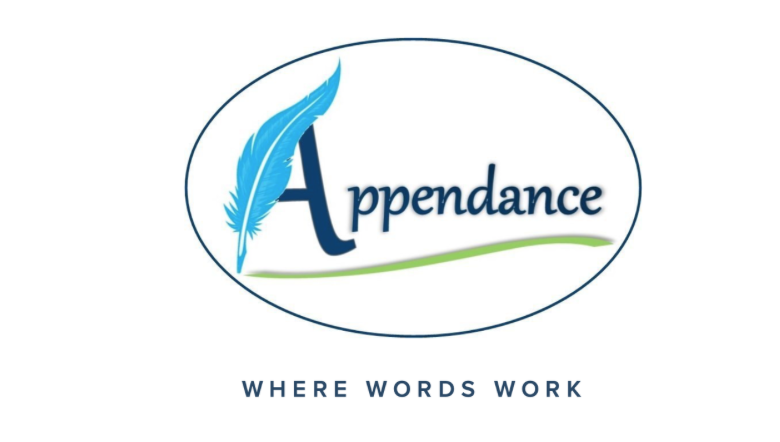Introductions and Conclusions for Reports
Jenny Morse, PhD
Author and CEO
This month’s blog post is on introductions and conclusions to help those of you who write reports feel more confident about how you are starting and ending those documents. Most writing guide books will tell you that the introduction sets the stage for the report, and the conclusion summarizes. You might have heard the idea “Tell them what you’re going to tell them, tell them, and then tell them what you told them.” Conceptually, that’s about right. More specifically, we will give you the concrete elements that should appear in both your introduction and conclusion to create the strongest frame for your report and the best reading experience for your audience.
Report writing is primarily about sharing information with an audience. The goal of the report is to present that information in a logical and organized way that helps the reader digest the content and understand how the content could be applied or what it might mean.
Often, when we write, we imagine that the first things we write are the “beginning” and the last things we write are the “end.” But the act of writing doesn’t require that what we write first stays at the beginning of the document or that what we write last will stay at the end. The process of writing can help us figure out how to frame the beginning and the end in ways that serve the reader more than help us think through our own thoughts.
So, what should the introduction and conclusion of a report accomplish? The introduction should tell the reader what the report is about so the reader feels confident about what information they will find within. Specifically, an introduction should tell the reader the following:
Want a more in-depth refresher on professional writing?
Try our Better Business Writing: On Demand course. This self-paced, virtual course will teach you strategies to become a more efficient and effective writer, and provide you with expert feedback
This last detail should make it clear that while the introduction will appear first in the report, the introduction cannot be written until after the report has been created. You have to know what the parts of the report are before you can describe them in the introduction.
For simple or shorter reports, this information doesn’t have to be long or difficult. For example, I recently wrote a report summarizing an experiment I ran in my undergraduate classes. Here is the introduction to that report:
Remember, the introduction should be written after the rest of the report so that you can accurately describe what you have done in the report rather than using the introduction to figure out what you will do in the report.
At the other end of the report is the conclusion. Typically, by the time we have written the report, the conclusion feels pretty obvious to us. This is the point where you say what it all means, how we should use it, or what the next steps are. Conclusions should summarize the report content and give some idea of what should happen now that we have this information.
While most of us learned in high school that a simple conclusion restates the main points, it also needs to move beyond those toward implications. Since different reports have different goals, the implications will vary. Some reports will end with a decision and then ask the report reader to confirm that decision. Some reports will just present data and then suggest areas for further research. And other reports will end by saying what has been done and then give a list of what still needs to be done in the future.
Regardless of the type of report, the conclusion should
Summarize the main ideas of the report
Indicate what should be done next, as specifically as possible
For example, my report on my course experiment ended with this paragraph:
Based on the data, students earned higher grades with 17 out of 25 earning a 90% or better, mastered more course outcomes with all students achieving 80% or higher on the majority of the assignments, and course surveys showed that students had an overall positive experience in the course and felt supported by the instructor. With these promising results, I plan to expand the experiment to all four of my sections this fall to collect more data about this course structure.
As you can see, this concluding paragraph spends one sentence summarizing and one sentence talking about the future. That’s pretty much what you should do, too.
In this blog post, you’ve now learned the specific elements to include in your introduction and conclusion. Hopefully, you’ll be able to apply this tip to your own reports!










